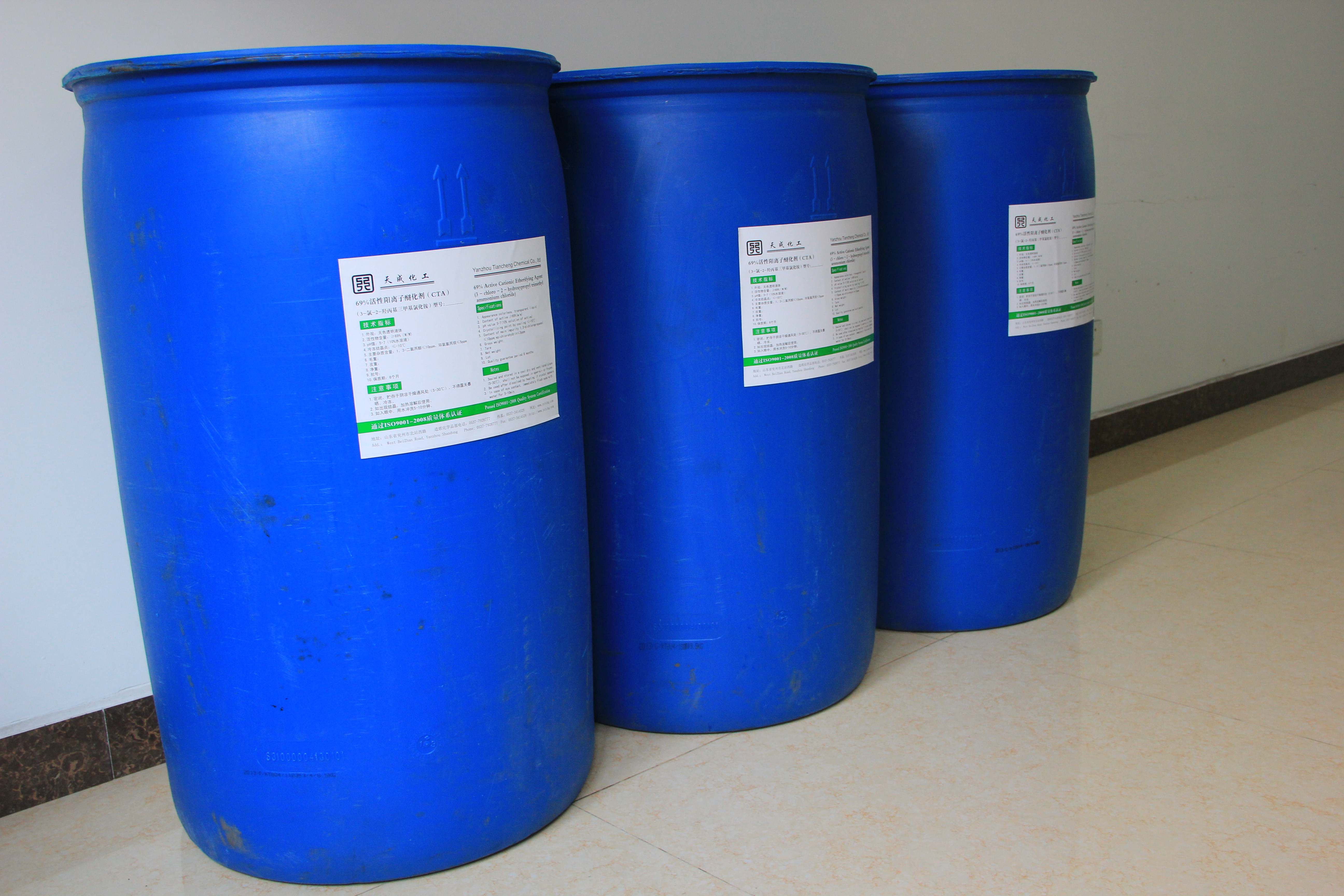People have always confused jade and jade, and when they mention jade, they think it is jade. In fact, jade is indeed jade, but in turn jade is not necessarily jade. Because jade has a soft and hard point. Nephrite can't be jade. Jade is a general term for natural jade of mineral aggregates. There are many types of natural jade, which differ in their chemical composition, density, hardness, and refractive index. Therefore, natural jade is divided into jadeite and nephrite.
Jadeite is jade, produced in Myanmar. With its unique composition and excellent texture, Jadeite has become the "king of jade" and is deeply loved by people. Nephrite is a natural jade with a hardness lower than that of jade. The natural jade currently produced in China is basically nephrite. The most representative is Hetian jade, a high-quality nephrite produced in Xinjiang. Its beautiful appearance, delicate and gentle touch and its valuable investment collection value are the best in Chinese jade. In addition, Saitama, Dushan jade, Qingtian jade, chicken blood jade, Shoushan jade, Qinghai Cui, Gongyu, turquoise, etc. are also known as jade, but some of them are called "stone" more appropriate.
Consumer reminder to buy jade to avoid four major misunderstandings
Experts remind consumers who don't know much about jade. Buy jade jewelry should choose fine texture, less impurities, no cracks and flaws, and the shape is moderately thick, hand-flowed and firm. At the same time, we should avoid the following misunderstandings that are prevalent:
Misunderstanding 1: Look under the lights. Many consumers listen to people saying that picking jadeites should be placed under the lights to see the colors.
Positive solution: In fact, this is especially important for Jade. Because of the color of jade, especially the emerald color such as flashing ash, flashing blue and oil blue, the visual effect under the light is much better than the color under natural light. Therefore, under the light, you can only see the cleft of the jade, see the length of the head, see the degree of illumination or other characteristics. The correct way is to look at and evaluate the green color of the jade under natural light and white paper. To remind consumers in particular: pay attention to the following bottom mark when looking at the color, some merchants use the green bottom mark specifically, so that the above jade looks very green, so be careful.
Myth 2: Buy a jade with a magnifying glass.
Positive solution: In fact, some tiny defects are not visible after being diluted under a magnifying glass. The bright color under natural light is diluted under the magnifying glass, which is not beautiful.
Misunderstanding 3: Colored is good goods.
Positive solution: In fact, the "species" of jadeite should be ranked first. Qian Guigen has a few maxims for consumers: "One wins three colors", "Colorless and non-species", "There is a kind of colorless and valuable", "There is a kind of colored gold."
Misunderstanding 4: You can send a beautiful person.
Positive solution: In fact, paying attention to the subject matter. Traditional light body parts such as almonds, ear buckles, and jade rings have no specific meaning. However, in order to represent the gift giver's wishes, the jade flower pieces are entrusted with good wishes. Such as rising, safe and happy, and prosperous. Appropriate subject matter to send the right person, and those who are far-fetched and even appetite can be counterproductive. For example, the market once saw such a decoration: a fox stepped on an abacus, called "the old and the deepest", not only far-fetched, but also with derogatory meaning. I have also seen a bergamot with a blue sky above it, called "Hands Covering the Sky."
Also known as electronic chemical materials. Generally refers to the electronics industry uses specialized chemicals and chemical materials, that is, electronic components, printed circuit boards, industrial and consumer production and packaging of various chemicals and materials. It can be divided into substrates, photoresists, electroplating chemicals, packaging materials, high purity reagents, specialty gases, solvents, pre-cleaning dopants, flux masks, acids and etchants, electronic adhesives and auxiliary materials Other categories. Electronic Chemicals with many varieties, high quality requirements, small dosage, demanding on the cleanliness of the environment, product replacement fast, large capital investment, higher value-added products, etc., these characteristics with the development of micro-processing technology more and more obvious.
Electronic chemicals, also referred to as electronic chemical materials, refer to the fine chemical materials that are used in the electronics industry. The electronic chemicals are a kind of special chemicals. As far as the properties of the production process are concerned, they belong to the fine chemical industry. In terms of product use, Belongs to the electronic material industry. According to the classification standard of China's national economy, the electronic chemicals industry belongs to "Specialized Chemical Products Manufacturing Industry" (2662); according to the "Guidelines for Industry Classification of Listed Companies" promulgated by China Securities Regulatory Commission in April 2001, it belongs to "Specialized Chemical Products Manufacturing Industry" C4360 ). They include integrated circuits and discrete device chemistries, such as chip production photoresist, ultra-clean high-purity reagents, ultra-clean high purity gas, plastic packaging materials; color TV with chemical materials, such as color phosphor, CPT Supporting the water-soluble resist, high-purity inorganic salts, organic films, etc .; chemical materials used in printed circuit boards, such as dry film resist, ink, chemical and electroplating copper plating solution and its additives, surface mount process conductive paste , Cleaning agents, liquid solder resist photoresist, adhesive patch, conductive adhesive, solder paste, pre-coated flux, clean and water-based process flux; liquid crystal display devices with chemical materials, such as liquid crystal, photoresist , Oriented films, adhesives, slurries, electrolytes, films and encapsulants, polarizers, etc .; polishing materials, ect.

Surface Active Agent Tc-1000,Surface Active Agent Tc-2000,Surface Active Agent,Electronic Chemicals
Shandong Tiancheng Chemical Co., Ltd. , http://www.tianchengchemical.com
